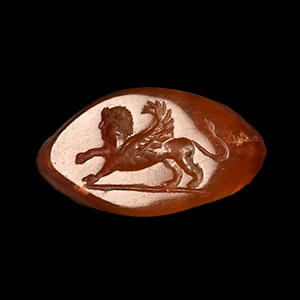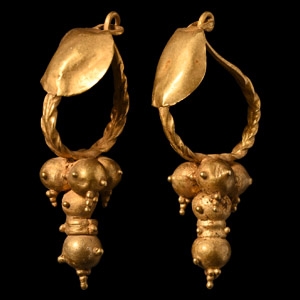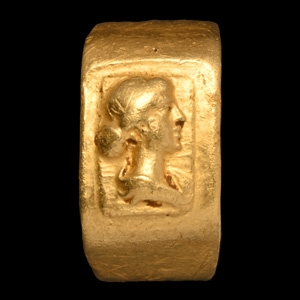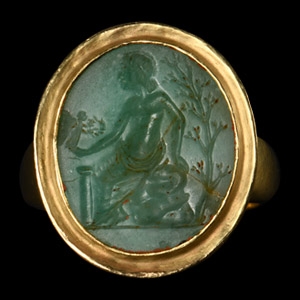Home > Auctions > 23 - 27 May 2023
Ancient Art, Antiquities, Natural History & Coins
Auction Highlights:
Acquired 1980-2015.
Ex Abelita family collection.
See Sommer, M., Die Gürtel und Gürtelbeschläge des 4. und 5. Jahrhunderts im römischen Reich, Bonner Hefte zur Vorgeschichte, 22, Bonn, 1980 (1984), pl.54, 11, for similar; see also The Museum of Fine Arts, Boston, Romans and Barbarians, Boston, 1976, p.75, no.107.
The belt fitting finds parallels with belt parts from Asia Minor, today in the British Museum, inv. EC 252-254. These kind of plates, decorative and engraved with classical scenes, can possibly be dated to the age of Theodosius I. The quality of decoration can support the thesis that they belonged to the officers of the Comitatus (the Imperial mobile army).
Acquired on the European art market in the 1990s.
Ex property of a Suffolk collector.
Ex German art market in the late 1990s.
Acquired in the 1980s.
Ex European collection.
Private collection of a London antiquarian.
The reign of Commodus (177-192 A.D.) is typically associated with the end of the period in Roman history, the golden era of peace. He initially reigned jointly with his father Marcus Aurelius (177-180 A.D.), and later alone. Commodus cultivated a personality cult which culminated in his performance as a gladiator in the Colosseum. He was eventually assassinated by a wrestler in the baths, marking the end of the Nerva-Antonine Dynasty. He was succeeded by Pertinax.
UK private collection before 2000.
UK art market.
Property of a London gentleman.
UK private collection before 2000.
UK art market.
Property of a London gentleman.
From the private collection of the late Mr S.M., London, UK, thence by descent.
Cf. The British Museum, museum numbers 1981,0905.16 and 1981,0905.15, for comparable examples; cf. The Metropolitan Museum, accession numbers 74.51.3257 and 74.51.3746, for comparable.
Acquired in the 1970s.
From a deceased lady’s estate, by descent.
This lot has been checked against the Interpol Database of stolen works of art and is accompanied by search certificate no.202900.
Cf. Chadour, A.B., Rings. The Alice and Louis Koch Collection, volume I, Leeds, 1994, item 313; for similar Isis iconography on a ring see Schmidtová, J., Daňová, M., Šefčáková, A., 'New finds of roman rings from a rich grave in Cemetery III, Rusovce‑Gerulata,' in Studia Hercynia, XX/1, pp.83-99, pl.5/7.
In 2014, a grave of a woman was discovered in Gerulata cemetery III, containing an unusual number of rings. The buried woman, aged 40-49, had two rings on each hand, one of which was a signet ring with a gem depicting the Egyptian deities Serapis and Isis, whose hairstyle and profile are identical to the present ring. Although, the bust of Isis is opposed to Serapis in the rings, the cult of the goddess was widespread inside the provinces already in the 1st century A.D.
Acquired on the German art market around 2000.
From the collection of a Surrey, UK, gentleman.
Cf. Chadour, A.B., Rings. The Alice and Louis Koch Collection, volume I, Leeds, 1994, item 191, for type.
Acquired in the 1980s.
American private collection.
with Bonhams, London, 23 October 2013, lot 163.
Accompanied by a previous dealer's catalogue and price card (£3,750.00).
This lot has been checked against the Interpol Database of stolen works of art and is accompanied by search certificate no.203078.
Cf. Chadour, A.B., Rings. The Alice and Louis Koch Collection, volume I, Leeds, 1994, item 208, for type.
Private collection.
Accompanied by an expert report by Dr Jack Ogden, 9 June 2017.
Ex property of a London gentleman; acquired London art market, 1970-1980.
Cf. gemstone in the Royal Collection, later remounted as a pendant, under accession number RCIN 65741.
61 - 72 of 2508 LOTS

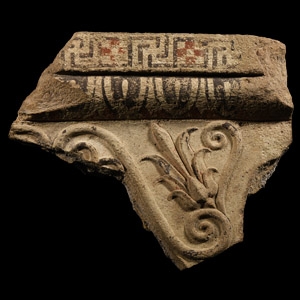
.jpg)


.jpg)
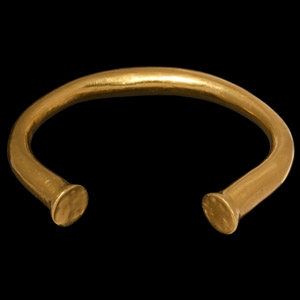
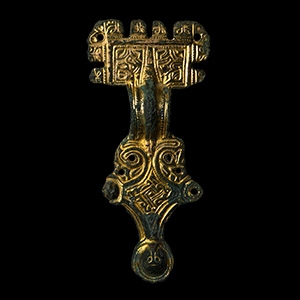

.jpg)
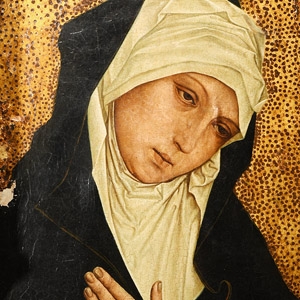

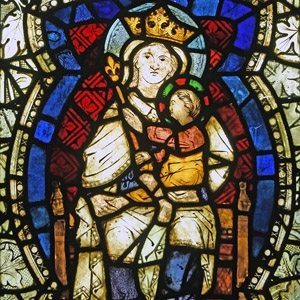
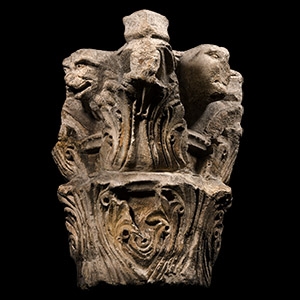
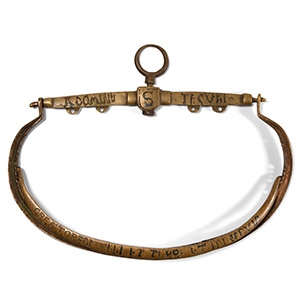
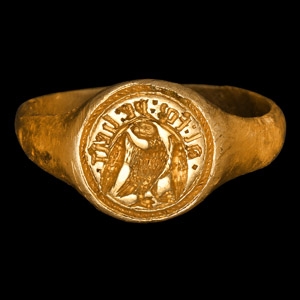
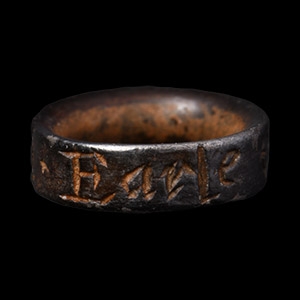
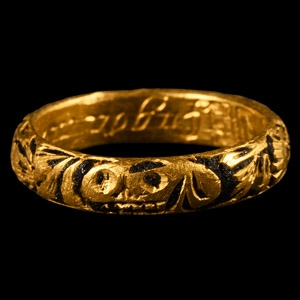
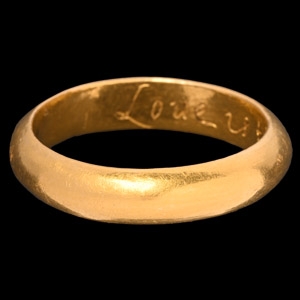
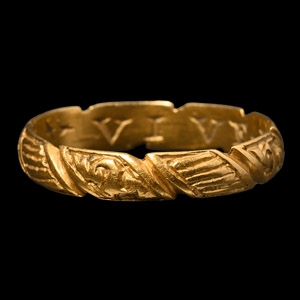
![English Milled Coins - George VI - 1937 - Cased RM Proof Coronation Gold Set [4] English Milled Coins - George VI - 1937 - Cased RM Proof Coronation Gold Set [4]](https://timelineauctions.com/upload/images/items/small/203351-s(2).jpg)

.jpg)
.jpg)

